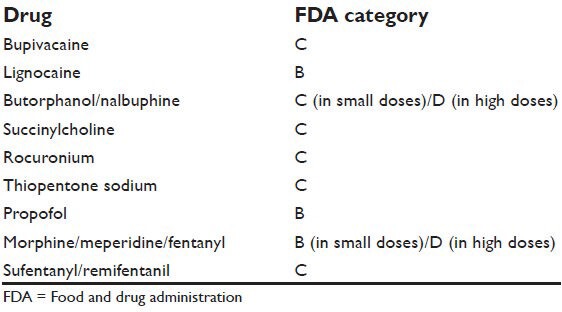Thyroid Storm
Background
Thyroid storm is a rare yet mortality rates reported between 10-30%
It is often presents in patients (pts) with established hyperthyroid disease (Graves' disease, toxic multinodular goiter, solitary toxic adenoma)
Precipitating Factors: Trauma, infection, DKA, CVA, PE, MI, etc.
Presentation and Diagnosis
Thyroid storm is a clinical diagnosis of a severe and exaggerated form of thyrotoxicosis.
Look for a triad:
Extreme Fever (often >104F)
Tachycardia (can be accompanied with AFib, widened pulse pressure)
Altered Mental Status
Other findings:
Tremor
Lid Lag
Proptosis/Periorbital Edema
Pretibial plaques/nodules/non-pitting edema
Goiter/Thyroid Nodules
Labs:
low TSH and high free T4 and/or T3 concentrations
mild hyperglycemia, mild hypercalcemia, abnormal liver function tests, leukocytosis, or leukopenia
Management
Supportive Care
Fever: Cooling measures and antipyretics.
Agitation: Benzodiazepines
Vascular instability: IV fluids
Beta Blockers:
β blockade is critical in the management of the peripheral actions of increased thyroid hormone.
Propranolol 0.5-1mg IV over 10 mins followed by redosing 1-3mg every few hours OR 60-80mg PO q4h
Alternative metoprolol, esmolol or atenolol
Thionamides - Inhibit New Synthesis by blocking T4-to-T3 conversion
PTU for the acute treatment of life-threatening thyroid storm -
Propylthiouracil (PTU) 600-1000mg PO loading dose with 200-400mg PO q6-8h, Hepatotoxic
Methimazole for severe, but not life-threatening for a longer duration of action
Methimazole 20-25mg PO q4-6h - longer half-life compared to PTU.
Iodines - blocks the release of pre-stored hormone, and decreases follicular transport and oxidation.
SSKI 5 drops PO q6h or Lugol’s Solution 4-8 drops PO q6-8h
Works through “Wolff-Chaikoff effect,” in which high levels of iodide will inhibit T3/T4 synthesis and release
Give AFTER antithyroid drugs, no sooner than 30-60 mins following PTU/Methimazole.
Lithium 300mg PO q6-8h - for iodine allergy or contraindication to iodine usage
Other therapies to consider:
Steroids (Inhibit Peripheral Conversion) Hydrocortisone 300mg IVx1 and then 100mg IV q8h or Dexamethasone 2-4mg IV q6h
Cholestyramine (4 g orally four times daily) - bile acid sequestrants to reduce enterohepatic circulation of thyroid hormone
Plasmapheresis: Offers temporary stabilization for a patient that has been unresponsive to antithyroid medications
References: EMDocs, UpToDate


